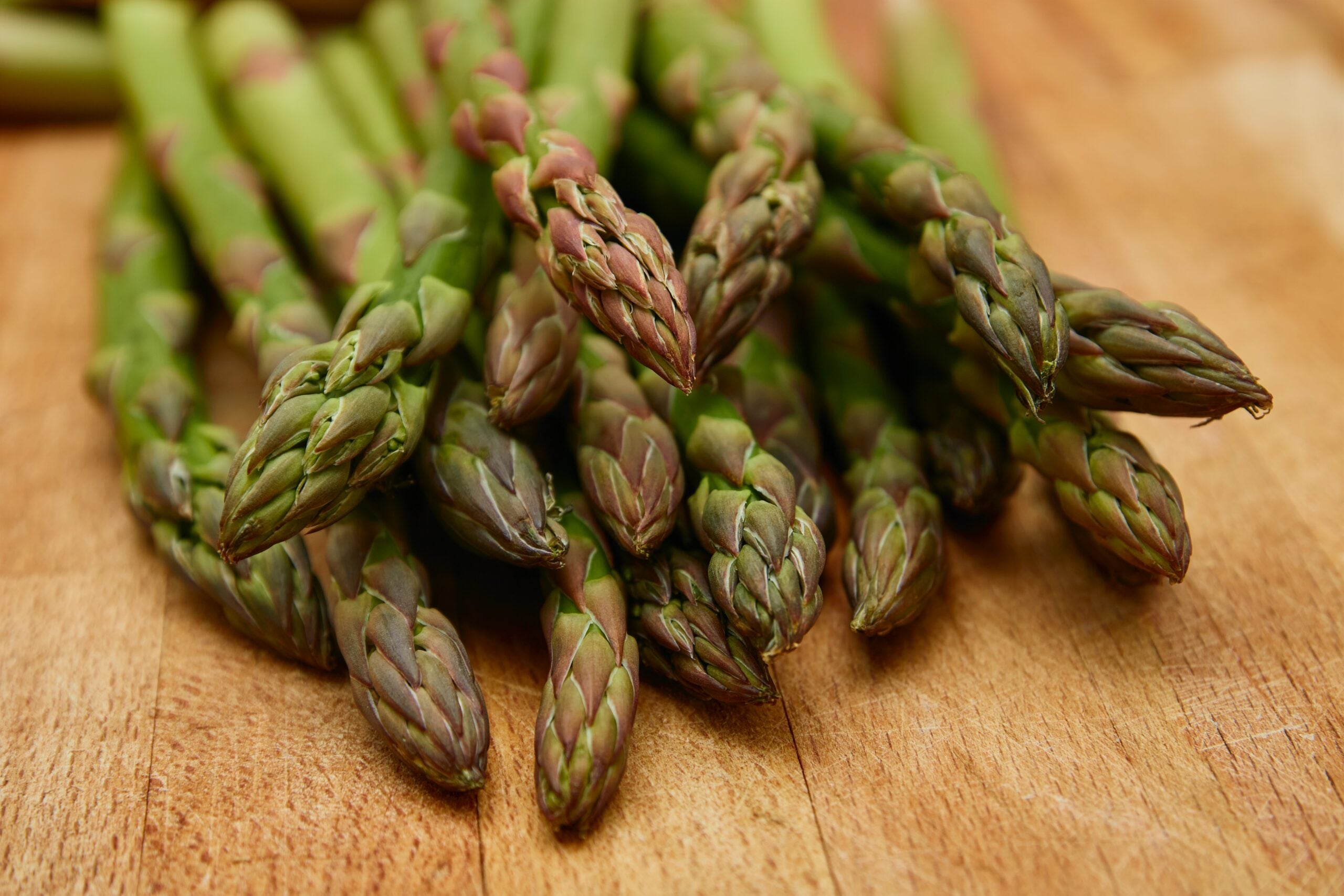The “umami bomb” has become a favorite culinary move for foodies, from celebrity chefs like Momofuku’s David Chang to home cooks looking to add layers of deeply satisfying savoriness to their dishes. But this palate-pleasing darling is more than just a pretty flavor.
Dubbed the “Fifth Taste” (building on the OG sweet, sour, salty, and bitter identified by the ancient Greeks), umami is also a boon to the body. When it hits our taste buds, it signals the brain that we’ve eaten protein, which triggers the appropriate digestive response. For anyone going heavy on veggie-based proteins like beans and soy, which generally lack the compounds that create umami, it doesn’t hurt to load up on ingredients rich in them. At best, it’ll help your body absorb protein; at worst, your eating experience will be happily enhanced.
Umami was identified a century ago by Japanese chemist Kikunae Ikeda. He detected a lingering savoriness in the flavor of dashi—a broth made from dried kombu (kelp) and katsuobushi (smoked, dried bonito flakes) that’s fundamental in Japanese cuisine—that he couldn’t attribute to any of the tastes on the existing roster. The mystery element turned out to be the fatty acid glutamate. Ikeda quickly filed a patent, and the infamous seasoning known as MSG was born.
It soon became clear that umami wasn’t just coming from the glutamate. It was also found in two organic molecules called nucleotides: inosinate (present mainly in meat) and guanylate (often found in mushrooms). When these three components appear in combination, the umami effect intensifies. Meanwhile, certain processes like drying, aging, ripening, fermenting, and curing can increase the levels of glutamates in foods. Layering different ingredients rich in these compounds leads to that coveted culinary achievement: the umami bomb.
Even before Ikeda named umami, cooks throughout culinary history and traditions had been using it. It’s why the Italians pair tomato sauce with Parmigiano-Reggiano, and the French marry meat stock, tomato paste, aromatic vegetables, and herbs to create demi-glace, the syrupy reduction that’s the basis for many other sauces. And while it’s sometimes thought of as a “meaty” taste, there are loads of non-meat ways to add umami to your recipe repertoire.
Non-meat sources of umami
Vegetables. Even raw, some veggies have big natural shots of umami compounds. Tomatoes (and tomato paste), garlic, mushrooms, and asparagus are all naturally high in glutamate—even more so when they’re roasted.
Dried & aged foods. When some plants get older and/or lose moisture, their natural umami factors concentrate. The best examples are dried kombu and nori seaweed, dried shiitake and portobello mushrooms, and sun-dried tomatoes.
Fermented & cured goods. As fermentation breaks down the natural structures of foods, it can cause the release of the elements that create umami. That’s why miso, tempeh, kimchi, sauerkraut, and olives are stellar additions to any pantry.
Sustainable seafood. Some shellfish have high doses of umami compounds, but other more sustainable aquatic offerings can also deliver that savory quality. These include anchovies, sardines, and smoked oysters.
Sauces, seasonings & extracts. Despite past PR problems, the FDA says it’s generally safe to add MSG, the OG umami seasoning, to food. But there are other quick flavor hits to call on, too: Soy sauce, tamari, toasted sesame oil, Worcestershire sauce, and nutritional yeast will all get the job done.

